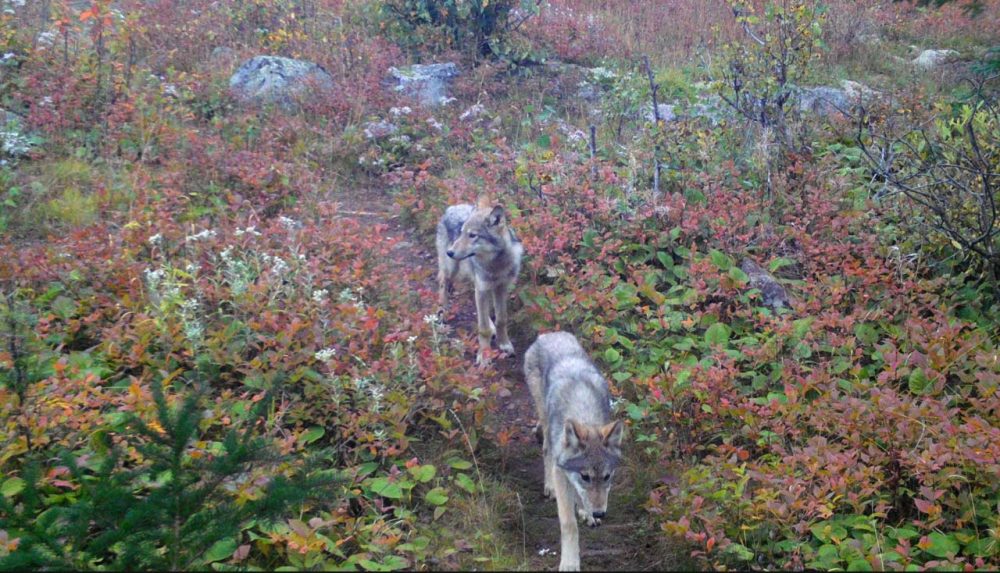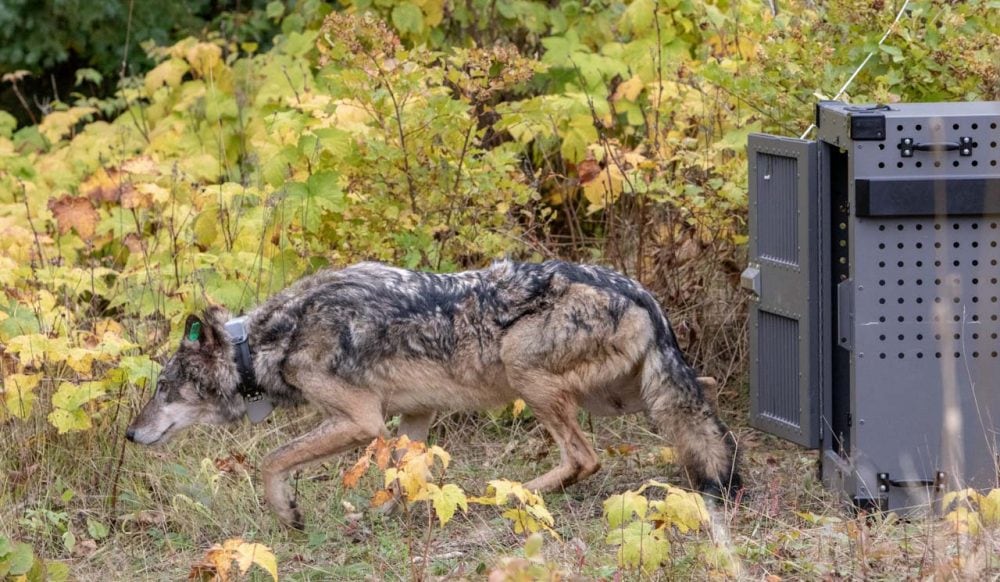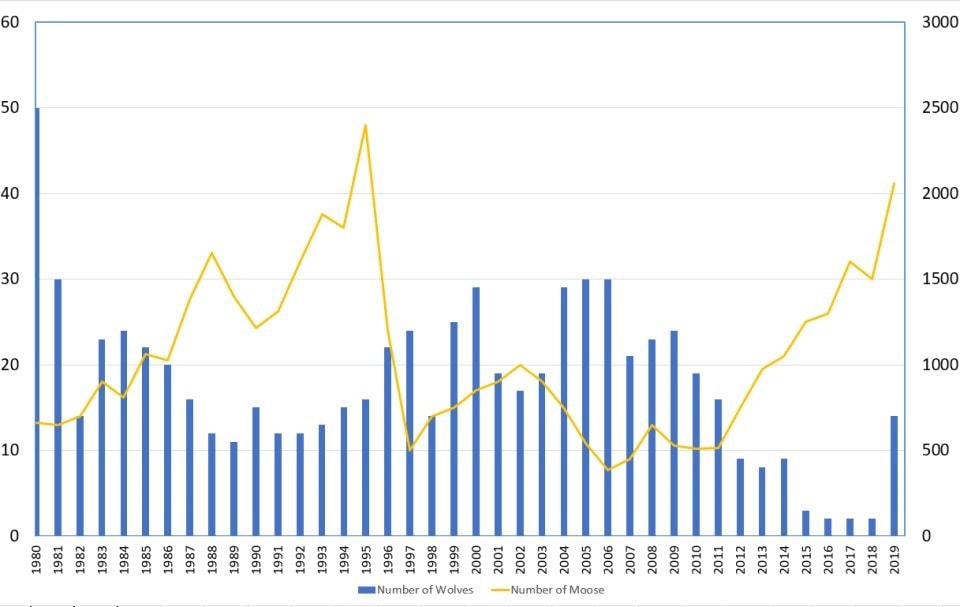NEWS: Wolf Pups Are Born in Isle Royale National Park
Located in the northern part of Michigan’s Lake Superior, Isle Royale is a rugged and remote wilderness island. Far removed from the sounds and scenes of modern civilization, it’s a haven and refuge for wildlife. Isle Royale National Park is known for its wolves and moose research project. Ongoing for more than 50 years, it’s the longest running predator-prey study in the world.
However, after seeing the wolf population on Isle Royale decline for years, up until a critical point when only two were left, the National Park Service and its partners began planning a relocation and introduction program. During September 2018-2019, they translocated 19 wolves from mainland Minnesota, Michigan and Ontario to Isle Royale.

Wolf Pups Are Born in Isle Royale National Park
In the spring of 2020, it was estimated that there are currently 14 wolves in Isle Royale National Park. (Some of the animals died due to territorial aggression.) Now, those Isle Royale wolves appear to be forming packs and to be mating.
In a September 2020 press release, the National Park Service announced that GPS location data analysis, combined with remote camera images, shows the presence of wolf pups on Isle Royale.

Why Are Wolf Pups on Isle Royale So Important?
This is a major development simply because, according to Dr. Jerry Belant, a SUNY-ESF professor who’s helping the National Park Service with this wolf introduction program, “documenting reproduction is critical to the success of any introduction effort.”
The fact that there are wolf pups in Isle Royale National Park indicates that the program is working.
A second, no less important, reason why this is important is that a thriving wolf pack helps keep the moose population under control. With the decline of the wolf population prior to 2018, the number of moose on Isle Royale has skyrocketed.

Without (m)any major predators like wolves or bears—there are no bears on Isle Royale—moose have been able to reproduce undisturbedly for several years. Nowadays, there are more than 2,000 moose on the island, which is far too many. Their boundless appetite is a threat to both plant and other herbivore communities.
Young leaves, plants and trees are devoured mercilessly, which is obviously bad for the plants themselves, but also greatly reduces the food supply for other animals like, for example, snowshoe hares. Additionally, without predator pressure, moose could ultimately end up eating their own food supply, which may result in mass starvation.
The beaver population, too, has ballooned recently: beaver lodge numbers exceed 500. Without the presence of large predators, moose and beavers are changing the Isle Royale landscape and ecosystem.
This is where wolves, an apex predator, come into play. When wolves interact, form packs, mate and females give birth to healthy pups, more predation should reduce the Isle Royale moose herd and beaver population in a natural way.
Wolves are essential to (re)balance the ecosystem. Quite literally, more wolves on Isle Royale means more biodiversity on the island. The complex relationship between wolves, moose and beavers, and trees like aspen, sugar maple and balsam fir, is shown in the fantastic 23-minute film below.







